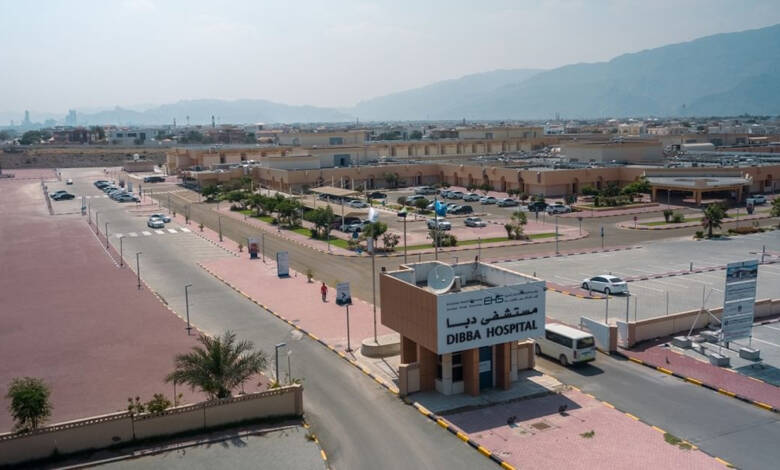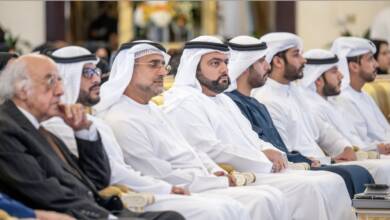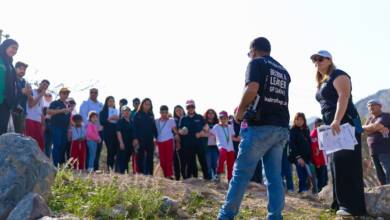Dibba Al Fujairah Hospital wins the “Baby Friendly” title

The facilities of the Emirates Health Services Establishment have achieved a new milestone as Dibba Al Fujairah Hospital, under its umbrella, has been awarded the title of “Baby-Friendly Hospital” by the World Health Organization and the United Nations Children’s Fund (UNICEF).
The hospital succeeded in passing the test of implementing both international and local policies with full success and excelled in providing high-quality healthcare for children and offering the highest standards of distinguished medical services.
This accreditation came following the hospital’s success in achieving quality healthcare standards and the dedicated work of its administrative, medical, and nursing staff. The World Health Organization and UNICEF, represented by the National Committee for Maternity and Childhood at the Ministry of Health and Prevention, announced the hospital’s qualification for the title after a 3-day evaluation, meeting the required standards.
This achievement is a result of the hospital’s adoption of the breastfeeding policy, the preparation of a training system for its staff, and the creation of a supportive environment for mothers to continue breastfeeding. It also includes offering educational sessions for mothers during prenatal visits and postpartum to increase their knowledge and information. The “Baby-Friendly Hospital” initiative relies on adopting the ten steps to successful breastfeeding policy.
Dr. Essam Al Zarooni, the Acting Executive Director of the Medical Services Sector at the Emirates Health Services Establishment, emphasized the importance of this title for the institution’s facilities, as it reflects its steadfast commitment to providing the best levels of healthcare for the community, especially concerning children’s health and comfort. Obtaining the “Baby-Friendly Hospital” title reflects the hospital’s commitment to global standards in delivering specialized medical services for children in innovative and advanced ways.
Widad Mohamed Al Faraj, the General Manager of Dibba Al Fujairah Hospital, expressed her pride in this achievement, which establishes the hospital’s position as a distinguished medical facility at both local and global levels. She highlighted that this achievement reflects the dedication and positive interaction of the Dibba Hospital team, always striving to improve the quality of health services provided and to create a safe and comfortable environment for children and their families. She appreciated the efforts of all the administrative, medical, nursing, and technical staff working at the hospital.
The global “Baby-Friendly” initiative, endorsed by the World Health Organization and UNICEF, aims to protect and promote the health of infants and young children, focusing on the needs of the mother and her newborn to make breastfeeding a successful start to life. It includes encouraging, protecting, and enhancing the practice of breastfeeding, which benefits both the child’s and the mother’s health.




